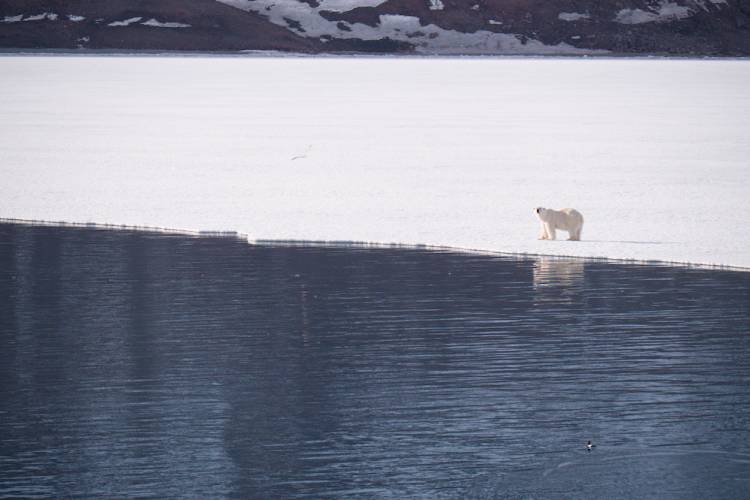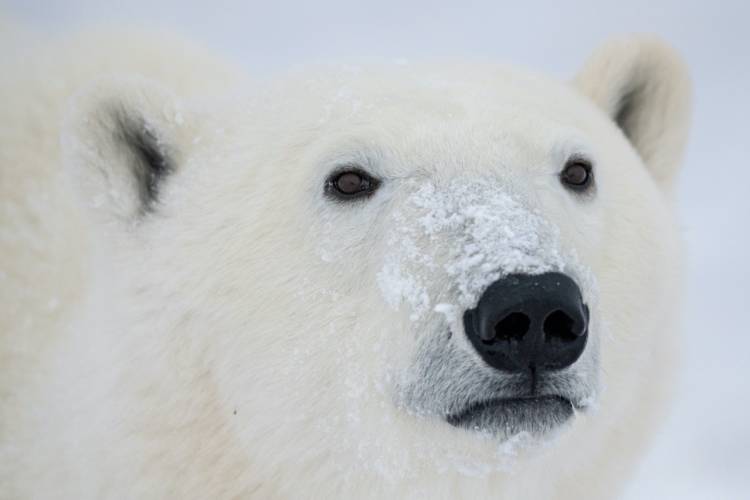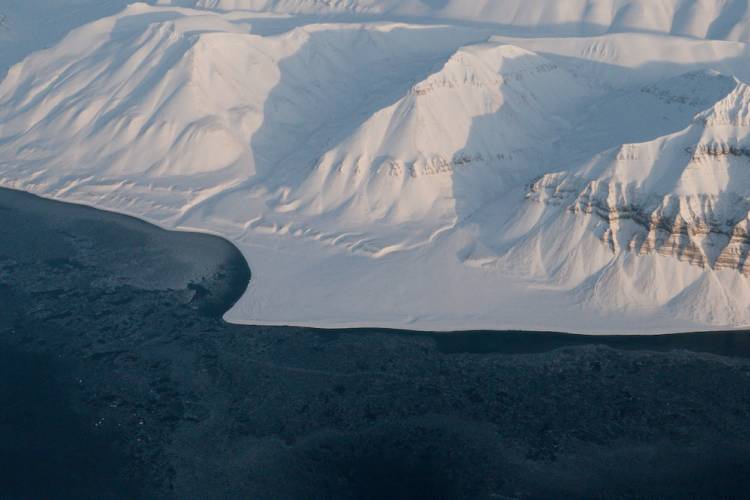Polar bears live on sea ice around the circumpolar Arctic—sharing home and habitat with Canada, Greenland, Norway, Russia, and the United States. They are most threatened by sea ice loss due to human-caused climate warming.
The United States is responsible for more carbon emissions than any other country in the world, and yesterday’s historic passage of the Inflation Reduction Act ended America’s long period of climate inaction. This piece of legislation is the single largest investment the U.S. federal government has made towards addressing climate warming, and it keeps the country’s Paris commitments within reach.
The Inflation Reduction Act is expected to reduce U.S. emissions by 40% below 2005 levels by the end of the decade. By offering incentives for clean technologies like electric vehicles, energy efficient home upgrades, and increased production of solar and wind infrastructure, the legislation will accelerate America’s transition away from fossil fuels and towards renewable energy. Improved health outcomes, new employment opportunities, economic growth, and a shrinking federal deficit are among this legislation’s other benefits. For more details about the climate elements of the Inflation Reduction Act, read this article by Yale Environment 360.
While the Inflation Reduction Act is historic progress, it is not a perfect solution to the environmental challenges polar bears and people face. It leaves important ecosystems open to oil and gas drilling—including areas in the Arctic—and more emissions reductions and community support is needed to protect life around the world from the worst impacts of climate warming. Nevertheless, this development is a bold, heartening step in the right direction, and the U.S. federal government now has something to build upon for further action.



















